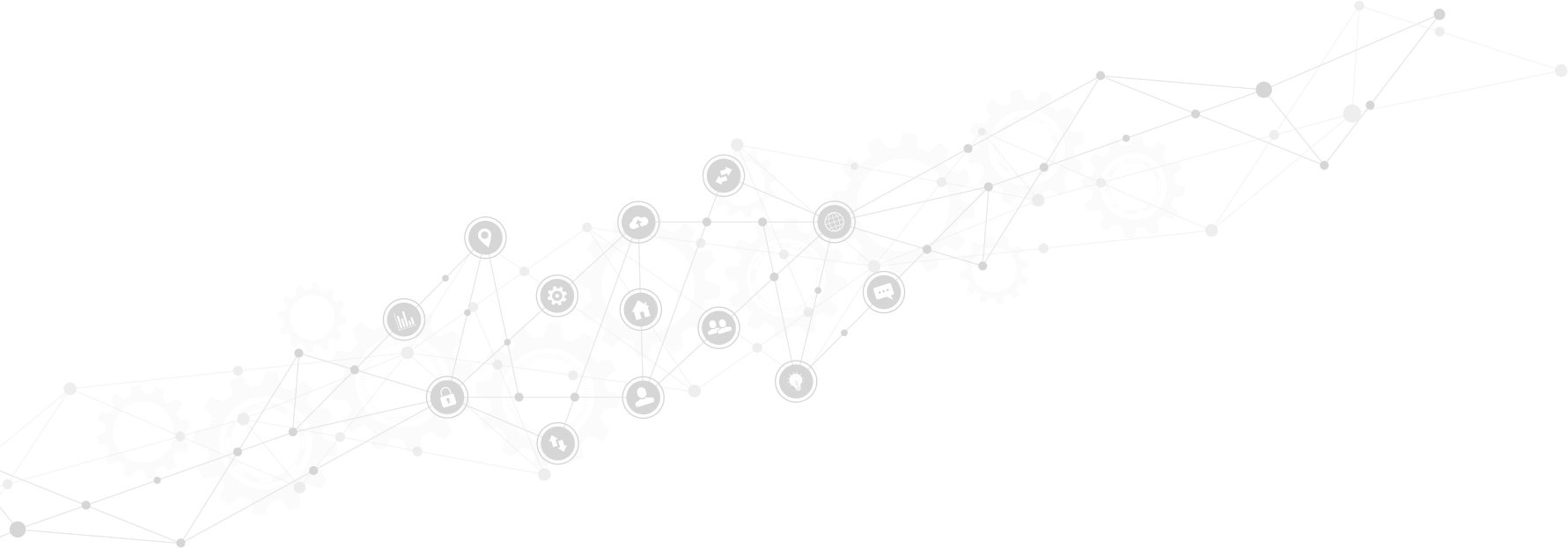
Harnessing Artificial Intelligence for Cybersecurity: Protecting the Digital Realm

April 4, 2023
-AIinCybersecurity
Introduction
In the rapidly evolving landscape of cyber threats, the role of Artificial Intelligence (AI) in cybersecurity has become increasingly significant. AI technologies offer immense potential for strengthening defensive strategies, identifying vulnerabilities, and mitigating cyber risks. As organizations and individuals face growing challenges in safeguarding their digital assets, the fusion of AI and cybersecurity emerges as a powerful alliance to protect against ever-evolving cyber threats.
The Power of AI in Cybersecurity
AI brings a range of capabilities that revolutionize cybersecurity practices, enabling more proactive and adaptive defenses. Here are some key areas where AI enhances cybersecurity:
-
Threat Detection and Prevention: AI-powered systems can analyze vast amounts of data in real-time, rapidly identifying patterns and anomalies that may indicate a cyber attack. Machine learning algorithms can learn from historical attack data to detect new and emerging threats, offering proactive defense against sophisticated attacks.
-
Intelligent Automated Response: AI-driven automation can facilitate rapid incident response and threat mitigation. AI algorithms can autonomously analyze and contain security incidents, minimizing the time it takes to identify and neutralize threats. This enables organizations to respond swiftly and effectively to cyber attacks, reducing potential damage.
-
Behavior Analysis and Anomaly Detection: AI algorithms can establish baselines of normal behavior within a network or system and detect deviations that may indicate a breach. By continuously monitoring user behavior and network activity, AI systems can identify suspicious actions or unusual patterns, helping identify potential insider threats and advanced persistent threats (APTs).
-
Enhanced Authentication and Access Control: AI can bolster authentication processes, utilizing biometric data, behavioral analysis, and context-aware decision-making to improve access control measures. AI algorithms can identify potential unauthorized access attempts, detect account compromises, and strengthen authentication protocols, ensuring robust security across systems and applications.
-
Predictive Analytics and Risk Assessment: AI's predictive capabilities enable organizations to anticipate and proactively address potential vulnerabilities and risks. By analyzing historical data and security trends, AI algorithms can provide insights into emerging threats, help identify weak points in infrastructure, and assist in developing robust security strategies.
Conclusion
The convergence of AI and cybersecurity presents a transformative opportunity to address the increasingly complex and sophisticated cyber threats of our digital world. By harnessing the power of AI, organizations can augment their cybersecurity practices, detect threats in real-time, and respond swiftly and effectively. However, it is essential to recognize that AI is not a panacea; it should be integrated with human expertise and ethical considerations to maximize its benefits.
As AI continues to evolve, the collaboration between cybersecurity professionals, AI researchers, and policymakers becomes crucial. It is essential to strike a balance between innovation, privacy, and the responsible use of AI to build a secure and resilient digital ecosystem. By embracing AI's capabilities, we can better defend against cyber threats, protect sensitive data, and ensure the integrity and trustworthiness of our digital infrastructure.